Analysis of Maximum Capacity and Influencing Factors of Lithium Battery
1. Lithium battery maximum capacity:
the maximum capacity of a lithium battery refers to the maximum amount of charge that the battery can store, which is usually expressed in units of Ampere (Ah) or milliampere (mAh). Currently, the maximum capacity of common lithium batteries on the market is generally between hundreds to thousands of milliampere hours. The specific capacity depends on factors such as battery design, materials and manufacturing process.
2. Analysis of influencing factors of lithium battery capacity:
-
material selection: The choice of positive and negative materials directly affects the capacity of lithium batteries. The positive and negative electrode materials with high specific capacity can improve the energy storage capacity of the battery.
-
Electrolyte formula: The composition of electrolyte has an important influence on the performance of the battery. Optimizing electrolyte formula can improve battery capacity and cycle life.
-
Electrode structure design: The structural design of the electrode will also affect the capacity of the battery. Reasonable design of electrode structure can improve the utilization rate of active materials of the battery and increase the capacity of the battery.
-
Battery technology: The influence of manufacturing process on battery performance cannot be ignored. Optimizing the production process can improve the energy storage efficiency and capacity stability of the battery.
-
Temperature and pressure: The working temperature and pressure of lithium battery will also affect its capacity performance. Using the battery under appropriate temperature and pressure can maximize its capacity characteristics.
3. Other influencing factors:
-
Charge/discharge rate: Fast charging and discharging will affect the capacity performance of the battery, and excessive charging rate may lead to the decrease or damage of the battery capacity.
-
Environment: Factors such as temperature and humidity in the operating environment will also affect the battery capacity, and it is necessary to avoid the impact of extreme environment on the battery performance.
4. Conclusion:
the maximum capacity of lithium battery is affected by many factors, including material, design, process and other factors. Optimizing the material and design of the battery, improving the technological level, and rationally using and maintaining the lithium battery can give full play to its capacity advantages, prolong the service life of the battery and improve the energy utilization efficiency. When selecting and using lithium batteries, consumers should pay attention to the capacity parameters of the products, etc.
 Dongguan Juneng New Energy Technology Co., Ltd.
Dongguan Juneng New Energy Technology Co., Ltd.
 137 5142 6524(Miss Gao)
137 5142 6524(Miss Gao)
 susiegao@power-ing.com
susiegao@power-ing.com
 Xinghuiyuan High tech Industrial Park, Dalang Town, Dongguan City, Guangdong Province
Xinghuiyuan High tech Industrial Park, Dalang Town, Dongguan City, Guangdong Province


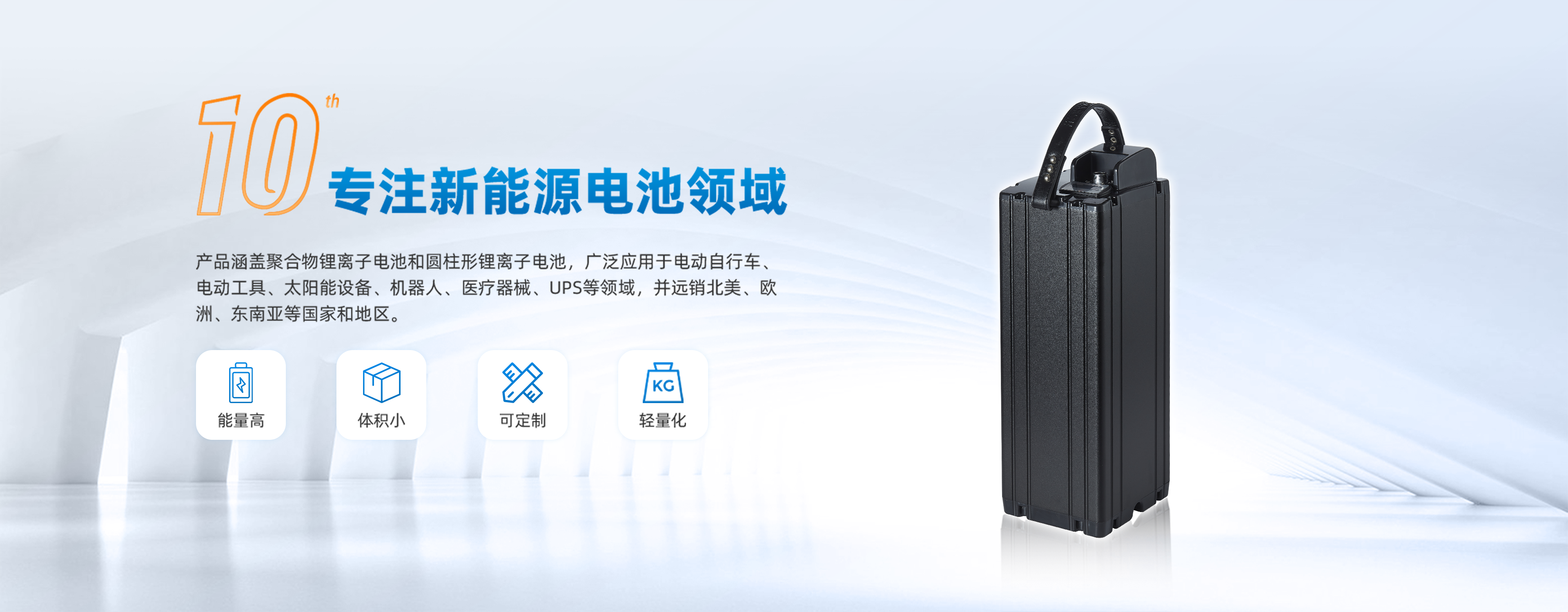
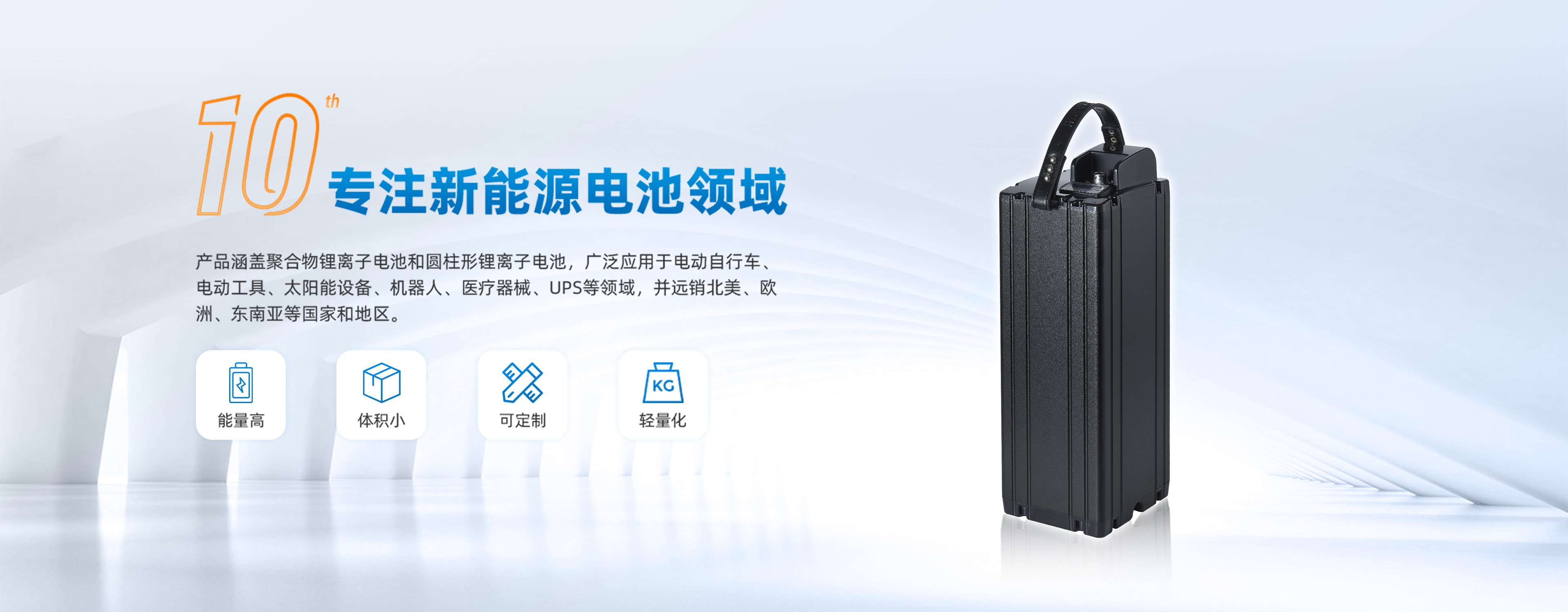
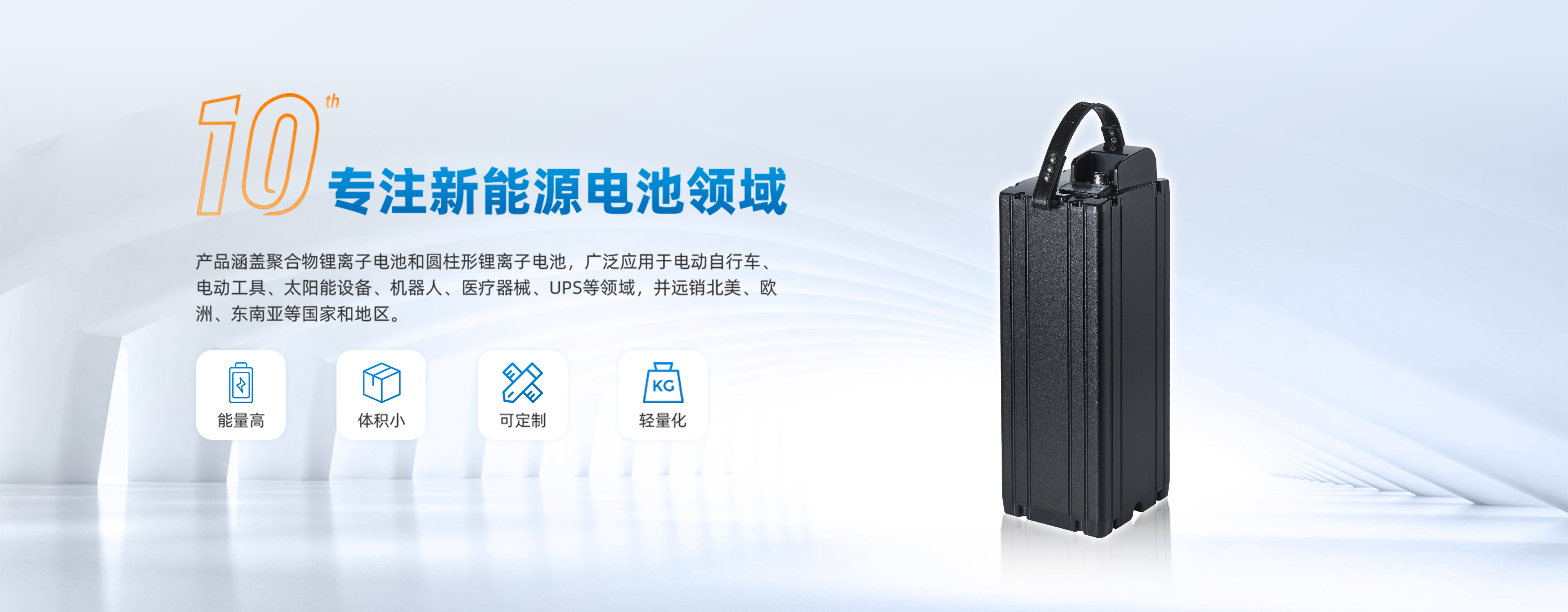



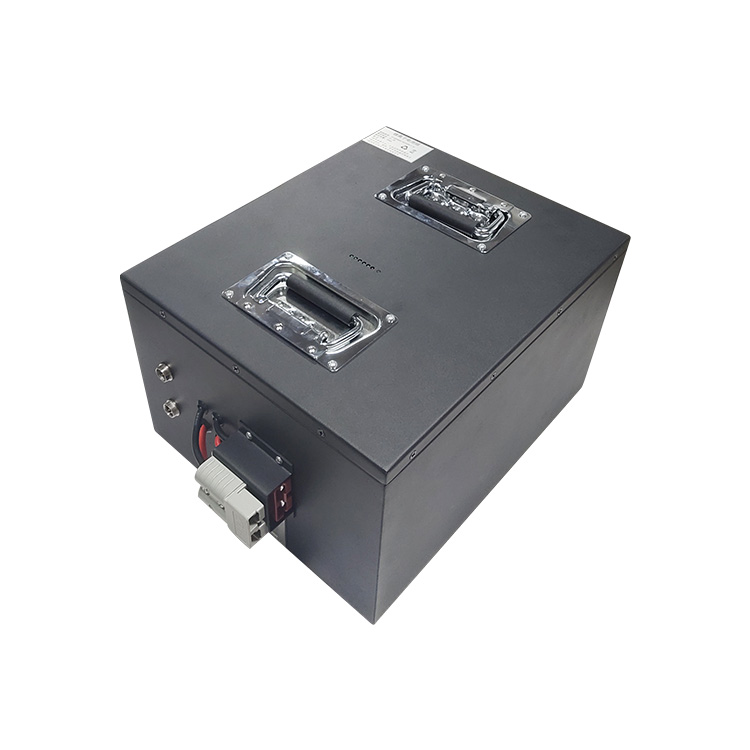


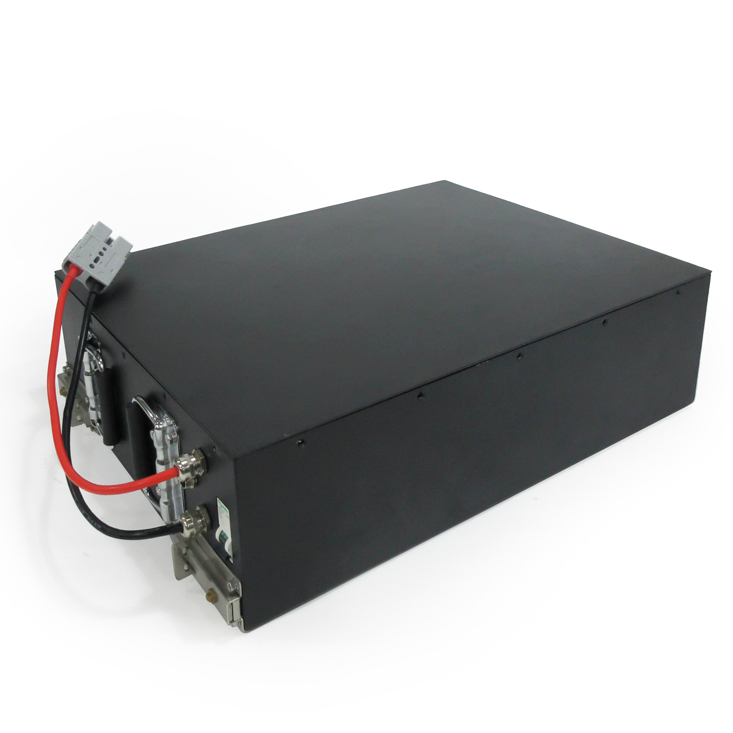

 Yue Gong Wang An Bei No. 4419002007491
Yue Gong Wang An Bei No. 4419002007491